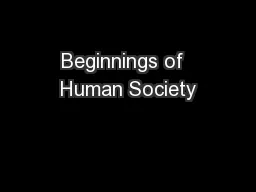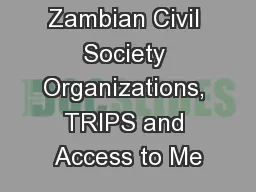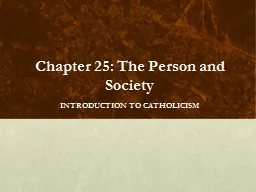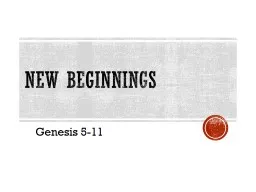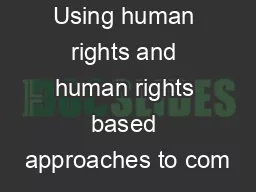PPT-Beginnings of Human Society
Author : phoebe-click | Published Date : 2018-12-24
Agenda 2516 Warmup FinishCollect Current EventsCharts Stone Age Video Intro to Stone Age Notes e and work from geography unit Section One Prehistory Stone Age
Presentation Embed Code
Download Presentation
Download Presentation The PPT/PDF document "Beginnings of Human Society" is the property of its rightful owner. Permission is granted to download and print the materials on this website for personal, non-commercial use only, and to display it on your personal computer provided you do not modify the materials and that you retain all copyright notices contained in the materials. By downloading content from our website, you accept the terms of this agreement.
Beginnings of Human Society: Transcript
Download Rules Of Document
"Beginnings of Human Society"The content belongs to its owner. You may download and print it for personal use, without modification, and keep all copyright notices. By downloading, you agree to these terms.
Related Documents

